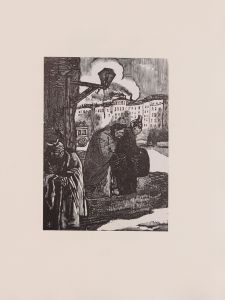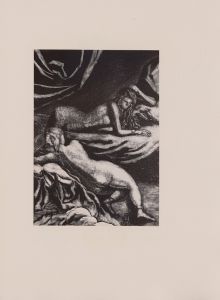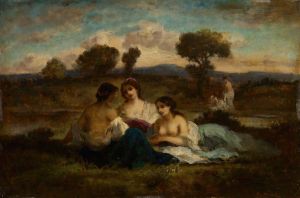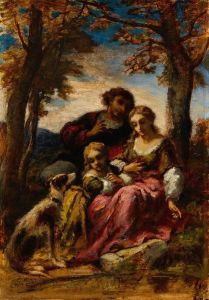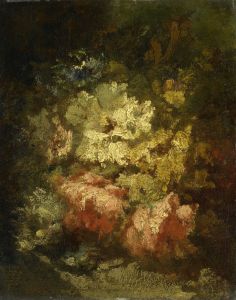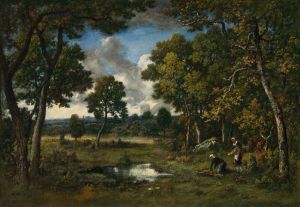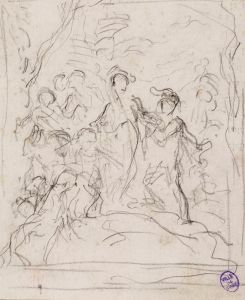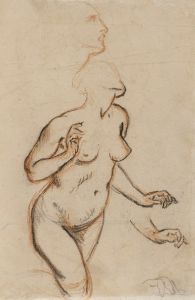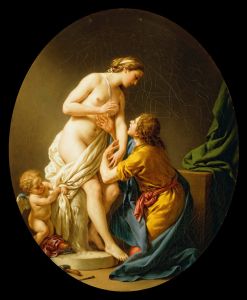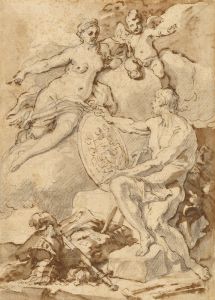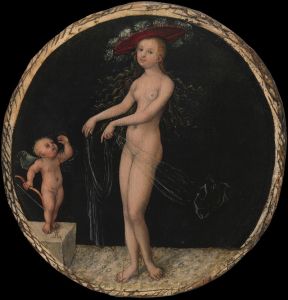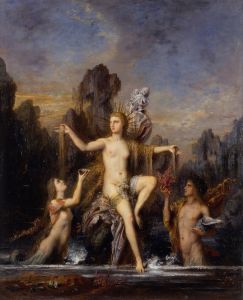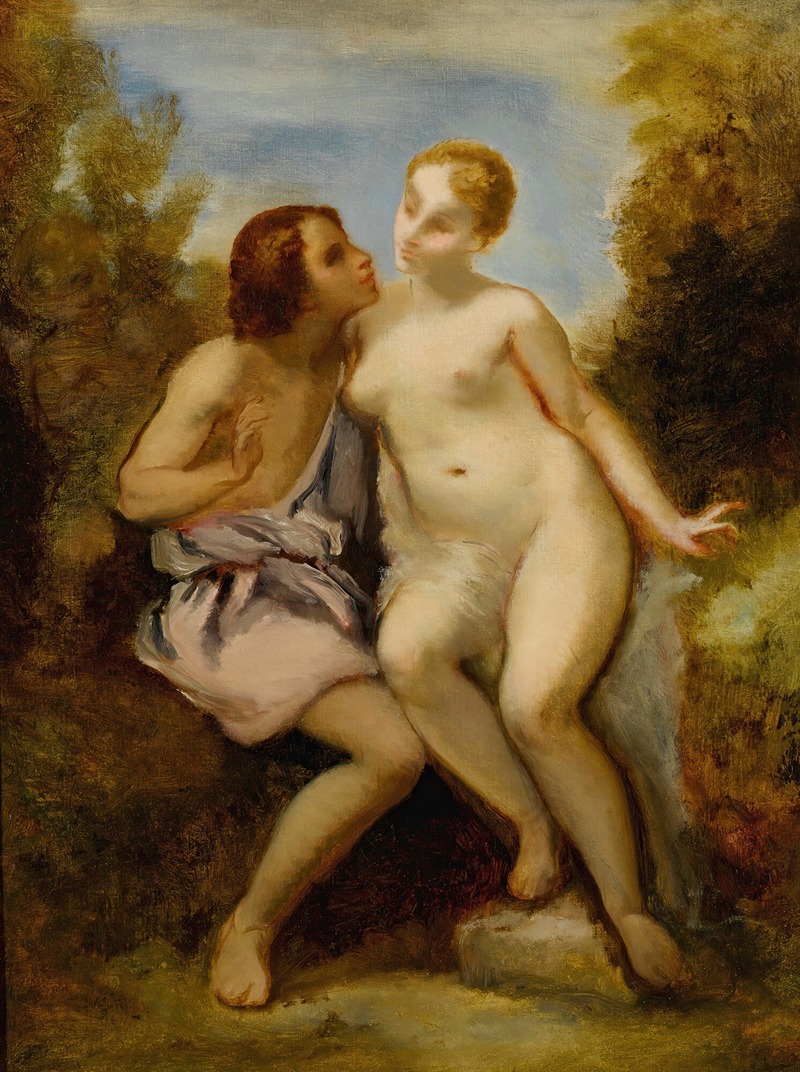
Vénus Et Adonis
A hand-painted replica of Narcisse-Virgile Diaz de La Peña’s masterpiece Vénus Et Adonis, meticulously crafted by professional artists to capture the true essence of the original. Each piece is created with museum-quality canvas and rare mineral pigments, carefully painted by experienced artists with delicate brushstrokes and rich, layered colors to perfectly recreate the texture of the original artwork. Unlike machine-printed reproductions, this hand-painted version brings the painting to life, infused with the artist’s emotions and skill in every stroke. Whether for personal collection or home decoration, it instantly elevates the artistic atmosphere of any space.
Narcisse-Virgile Diaz de la Peña (1807–1876) was a French painter of the Barbizon School, known for his romantic and atmospheric landscapes, as well as his depictions of mythological and genre scenes. One of his works, Vénus et Adonis (Venus and Adonis), is a painting that reflects his interest in mythological themes and his skill in rendering figures and nature with a sense of poetic beauty.
The painting portrays the classical myth of Venus, the Roman goddess of love, and Adonis, a mortal youth of extraordinary beauty. The story originates from Ovid's Metamorphoses, where Venus falls in love with Adonis and warns him of the dangers of hunting wild animals. Despite her warnings, Adonis is fatally wounded by a wild boar. This tragic tale has been a popular subject in Western art, inspiring numerous interpretations by artists across centuries.
In Vénus et Adonis, Diaz de la Peña captures the tender and emotional connection between the two figures. The composition typically features Venus and Adonis in an intimate moment, often set against a lush, natural backdrop. Diaz de la Peña's style is characterized by rich, warm colors and a soft, almost dreamlike quality, which enhances the romantic and melancholic tone of the scene. His use of light and shadow creates depth and atmosphere, drawing the viewer into the idyllic yet poignant narrative.
While Diaz de la Peña is primarily celebrated for his landscapes, his figure paintings, such as Vénus et Adonis, demonstrate his versatility and ability to convey human emotion. The painting reflects the influence of earlier Romantic artists as well as the Barbizon School's emphasis on nature and mood. It also showcases Diaz de la Peña's talent for blending mythological storytelling with his signature painterly techniques.
The exact date of creation for Vénus et Adonis is not well-documented, but it is consistent with Diaz de la Peña's broader body of work, which often explored themes of love, beauty, and nature. The painting is an example of his ability to merge classical subject matter with the atmospheric qualities that define his landscapes.
Further details about the painting's current location or provenance are not widely available. However, it remains an important example of Diaz de la Peña's contribution to 19th-century French art and his engagement with both the natural world and classical mythology.





